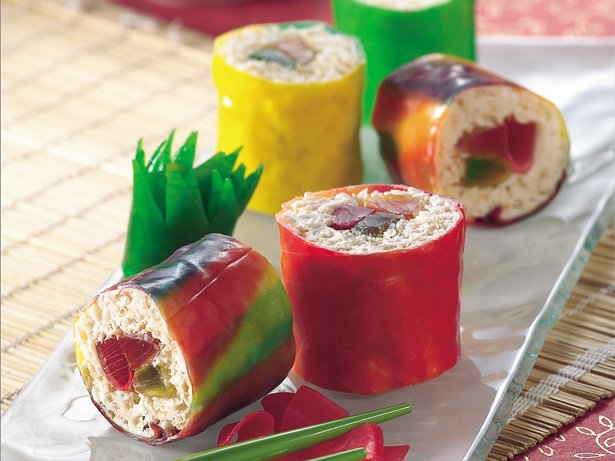1. BIBLIOGRAPHY
Davis, Kevin. Look What Came from Germay. New York : F. Watts, 1999.
Age Range: 7-8 Lexile: 880
2. Summary
What do the automobile, cologne, and fairy tales have in common? They all come from Germany. So do hamburgers, Groundhog day, and many other things.
3. My Review
I'm part German and last week we has a free music program featuring German music, so I was inspired to go and a German-related book. I think this is very informative book and would make a good read aloud ( and would especially want to hear the kids go " I didn't know that came from Germany." I know I'm surprised that birthdays originate from a holiday called Kinderfest, and that even blowing out candles is a German tradition. ) I also like the amount of pictures used to tell each item featured, plus the resources, craft idea ( which is printing with paint and uncooked food items like potatoes) and German words to learn at the end.Again, this would be a perfect book, especially for a unit on Germany
Overall, a very enjoyable treat. As they say in German, auf Wiedershen (goodbye)!
4. Classroom Connections
- Like the book, have children research where food, customs, and other things come from.
- Have a Culture Day and let children wear something related to their culture or bring in a culture-related food item.
- Learn about Grimm fairy tales or other fairy tales from Germany.
- Study famous persons and events of Germany. Ex- Albert Einstein, Berlin Wall, WW II.
- Have an Oktoberfest with apple cider, prezels, and German music.
- Teach Scherenschnitte ( the German art of paper-cutting). Here is a small video.( Note- this might be better do with older kids because of the time needed and the tools).
5. Website to Check out
Germany for Kids
Created by the German Information Center in Washington the website depicts the everyday life of a regular German boy - find information on everything from food to music to German celebrities and download a " Get To Know Germany" coloring book.
Interesting German Facts for Kids
Basic facts and information on Germany, including a map and attraction ideas for kids.
Germany: Time for Kids
Sponsored by TIME for Kids website, basic information on Germany. Also has a page on German words, a quiz, and a day in the life of a German kid.
German Kid Recipes
Easy German recipes for kids, such as German potato salad.
5. Books and Keywords
For more books on Germany, here are some recommendations:
Boast, Clare.Germany ( Next Stop series). Crystal Lake, IL : Heinemann Interactive Library, c1998.
Gray, Shirley, Germay ( First Report series) Minneapolis, Minn. : Compass Point Books, c2002.
Littlefield, Holly. Colors of Germany. Minneapolis : Carolrhoda Books, c1997.
Zuehlke, Jeffery. Germany in Pictures. Minneapolis, Minn. : Lerner Publications Co., c2003.
Germany-Juvenile literature
Germany-Social life and customs-Juvenile literature
Germany-History-Juvenile literature.


 Yummy!!
Yummy!!